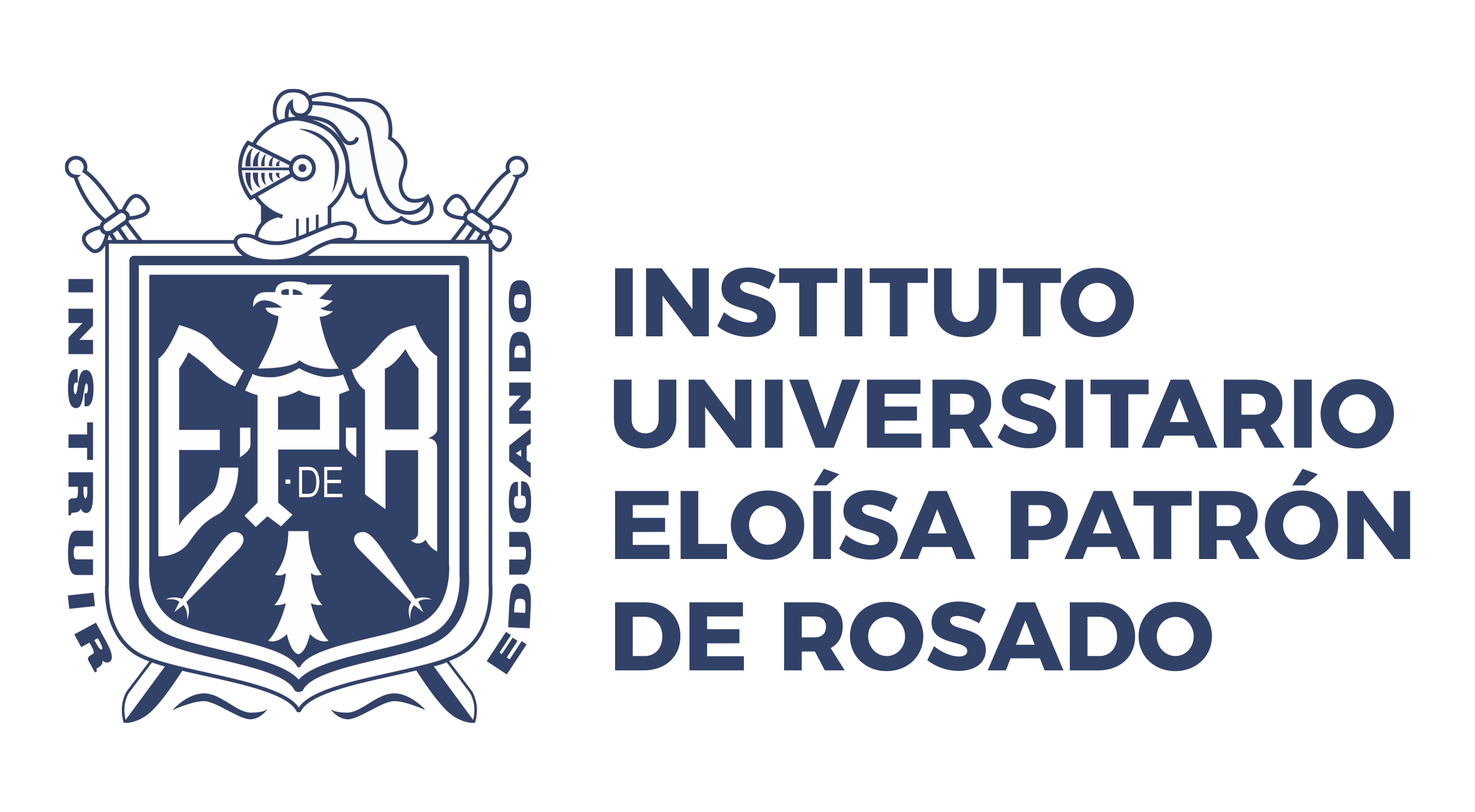Serigraphy, the art of apparel decoration using woven silk meshes, stencils and inks, has been in practice from a very long time.
And, it has been very popular. But, with the passage of time, the technique has seen a positive growth toward betterment. During ancient days, natural dyes and earth colors were used to ink clothes. Today, the discharge screen printing method is one of the most popular techniques of serigraphy.
But, how did it come into being? Read on.
The ancient times:
Back then, the modern world had already discovered how serigraphy can be done using plastic-based inks, called plastisols.
These inks had brought about a revolution, making the process, a way of affordable cheap tshirts printing and every man's meat. Fabric artists were thrilled to the core because beautiful, vibrant designs could be transferred onto garments using plastisol inks. The scope of work had broadened, after all.
The plastisol method was flawed:
But, very soon, people came to know about the process's shortcomings. Plastisol inks were plastic based, unnatural. They could never bring about soft-hand designs – the designs which had the property to look and feel like natural parts of the fabric.
People had opaque patterns on garments which lacked hugely in quality. Furthermore, there was the problem of tussle with the environment. Plastisols contained harmful chemicals, most of which were toxic and some, carcinogenic, even.
A fix was developed:
Then came a fix.
It was the water base screen printing technique. It hit the textile decoration market like a breather. People could now transfer designs of their choice onto any garment of preference without getting opaque, uneven results. The inks were water based, which meant there was a very basic, natural, earthly element in action, to dye garments.
Curing did not require chemicals like plastisols. And, most of all, the process was completely eco-friendly.
The problem with the fix and the solution:
Still and all, this method, too, had a huge problem. Fabric artists could not dye dark colored clothes with the help of such inks because the dyes failed to show upon a dark background.
To tackle this issue, the discharge screen printing process was developed. This method was believed to be the savior of serigraphy enthusiasts, for, it could dismiss the problems associated with both the plastisol method as well as the parent water based technique.
The technology involved the use of the same, eco-friendly inks, and an additional chemical bleach.
This bleach had the power to dissociate the original color from garments. Once bleached, the garments could now be colored using the inks. The results were soft-hand and colors could be pronounced without using any underbase.
Above all, this bleach-and-dye trick, used in the discharge screen printing technology, was immensely eco-friendly.
The inks were based on the same natural, earthly elements and did not require curing with chemicals. With such a strong foothold, this method, today, has established itself as a mainstream process of serigraphy. People prefer it to all other techniques because of this effectiveness and efficacy.
The rest, like they say, has to be waited and watched.

Comentarios recientes